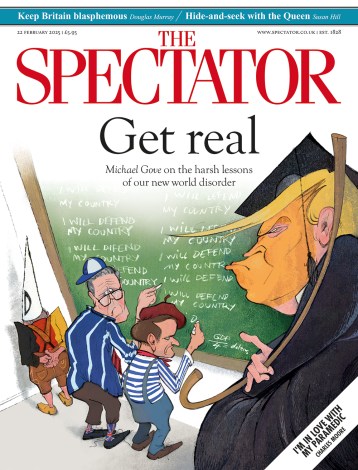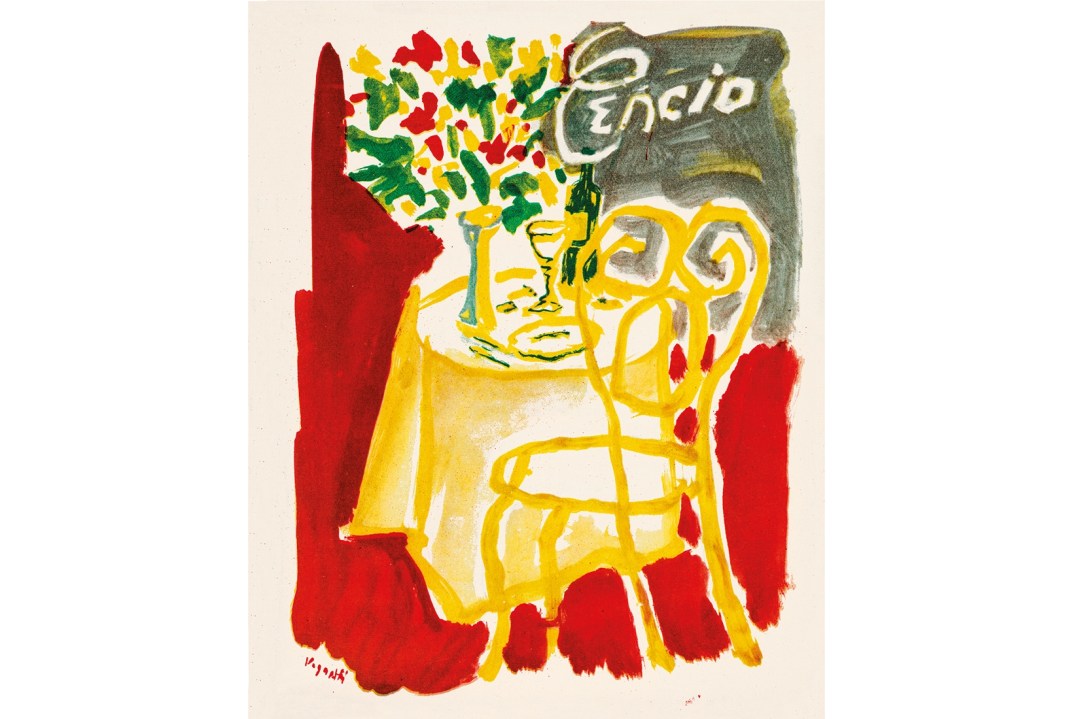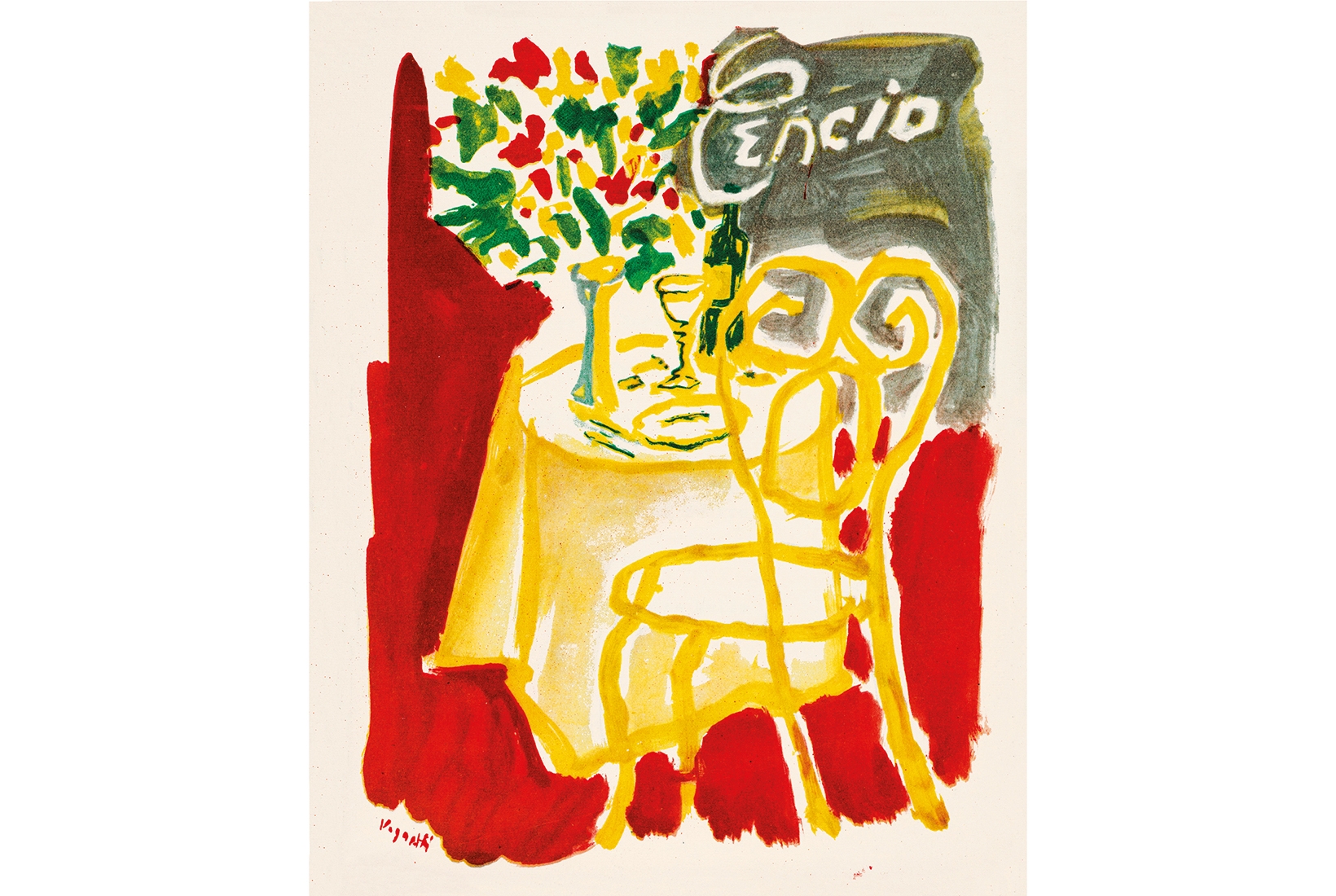There is, of course, no endeavour, no craft, no profession, no trade that neglects to ‘reflect society’. This is a commonplace. The collective narcissism of considerate builders, for instance, claims that hod carriers and brickwork reflect society. The contention of Menu Design in Europe is kindred. Graphic artists, restaurateurs, decorators and chefs have, through two centuries, expanded their capabilities according to the milieux in which they have practised. Menus are, then, not merely functional lists, they are self-advertisements, exhibitions, seductions and, occasionally, desirable objects that are apparently collectible.
Indeed this book has the unmistakable feel of an obsessive’s scrapbook, a completist’s trophy. The completist in question is Taschen’s California editor Jim Heimann. The majority of the images in this 450-page blunt weapon are from his collection. He also collects non-specific Americana: surfing memorabilia, toys, photos of googie roadside architecture, advertising ephemera (which ceases to be ephemeral once his curatorial hand has granted it everlastingness).

Get Britain's best politics newsletters
Register to get The Spectator's insight and opinion straight to your inbox. You can then read two free articles each week.
Already a subscriber? Log in







Comments
Join the debate for just $5 for 3 months
Be part of the conversation with other Spectator readers by getting your first three months for $5.
UNLOCK ACCESS Just $5 for 3 monthsAlready a subscriber? Log in